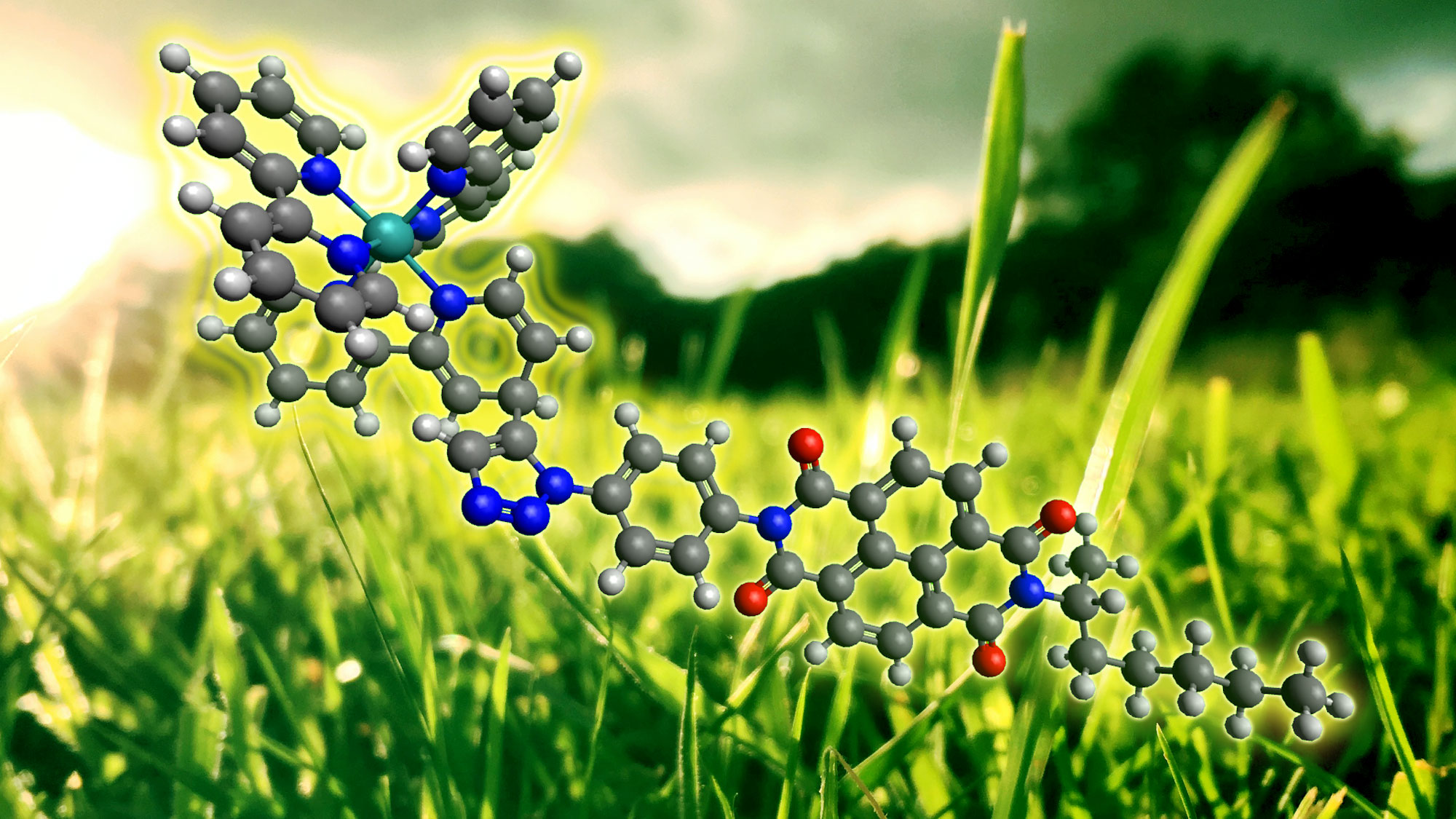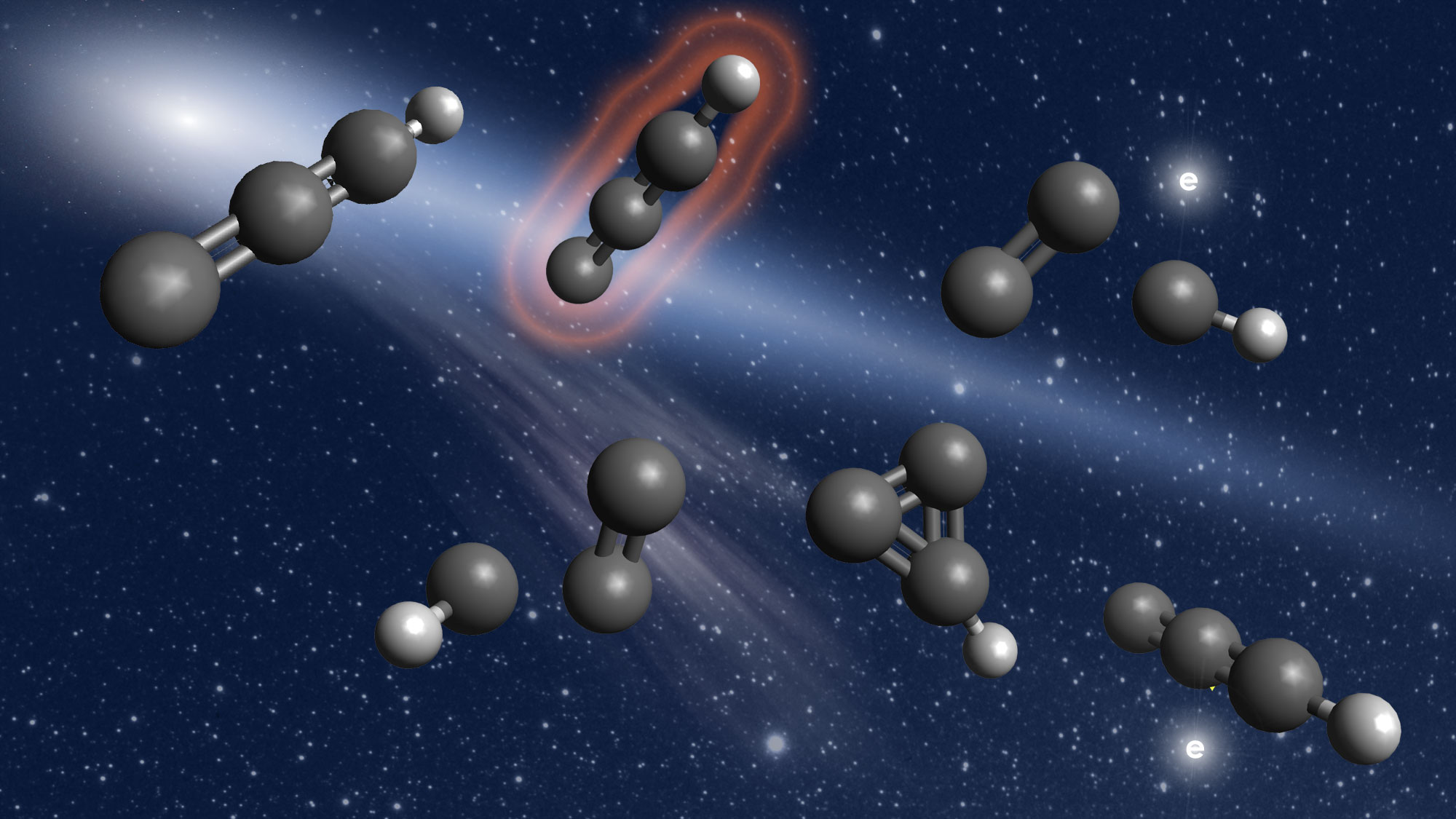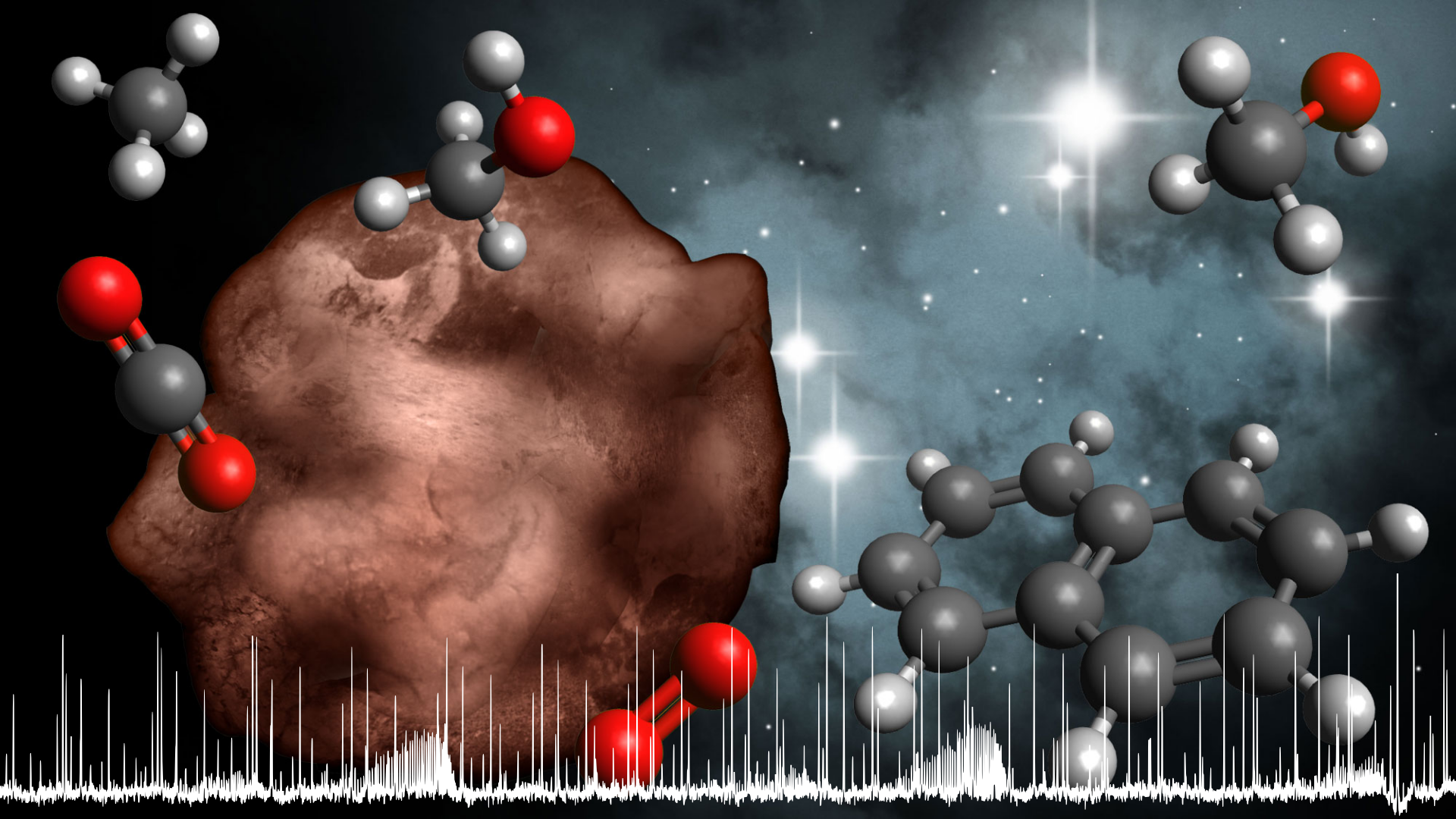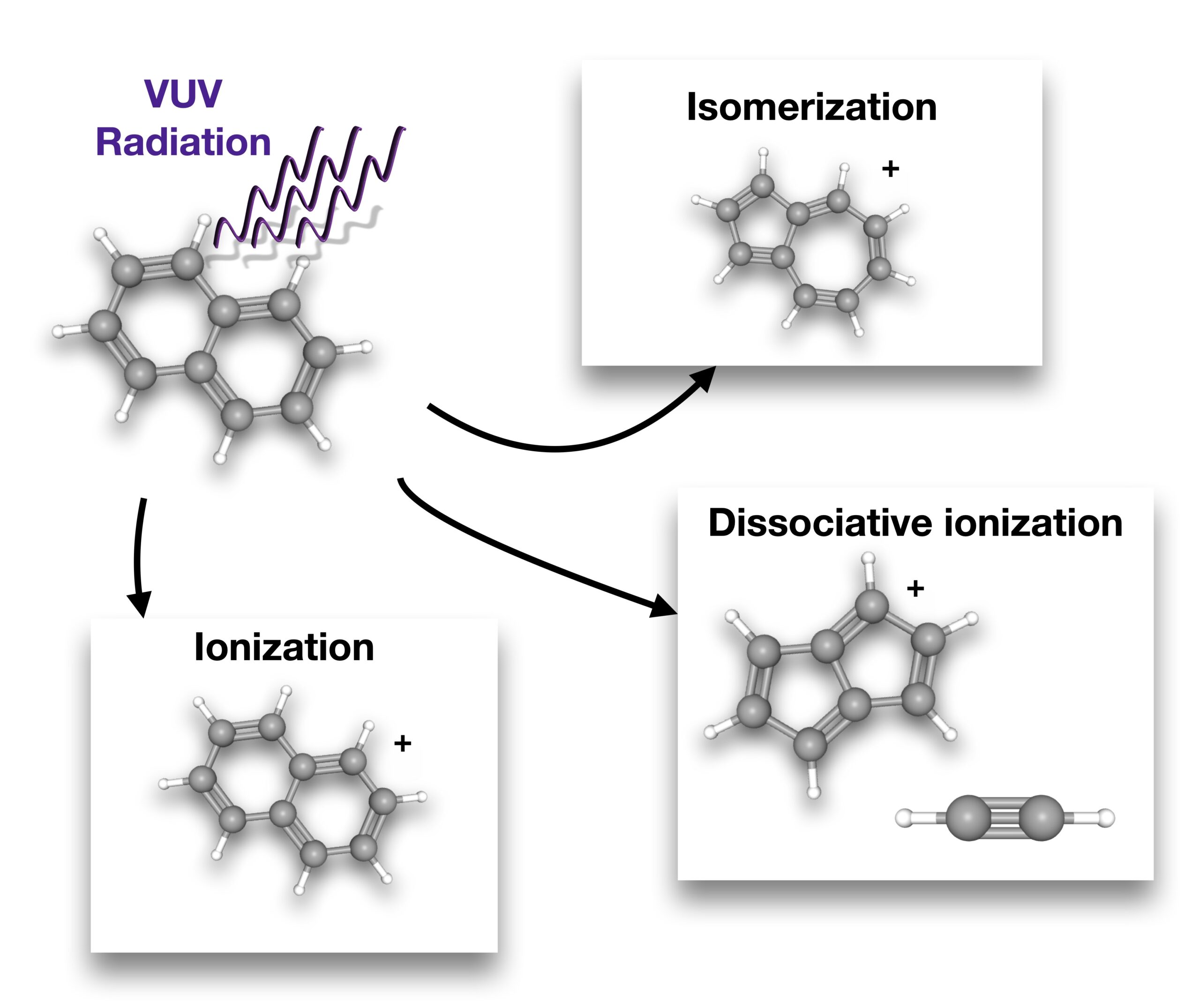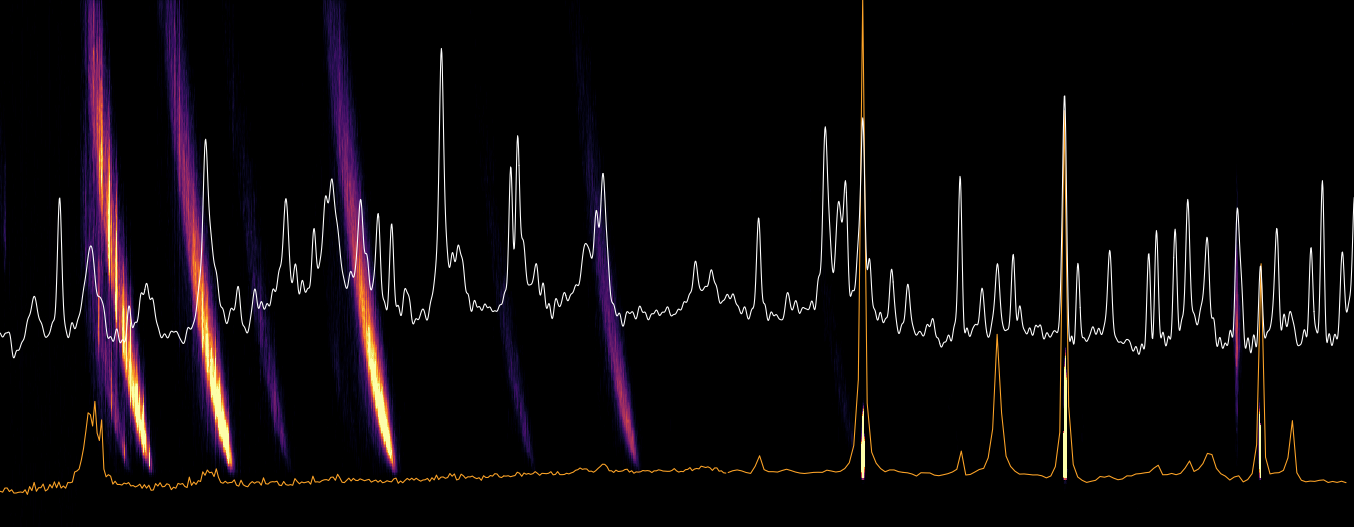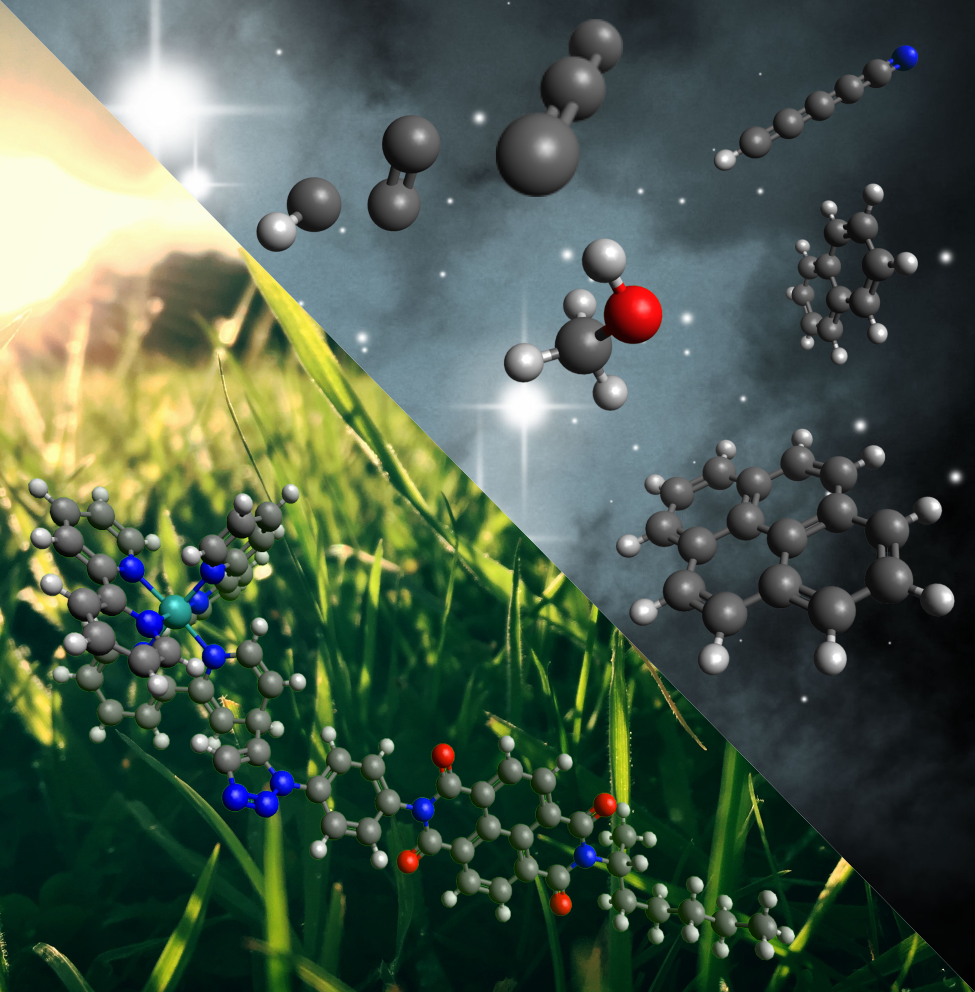Studies of the photophysical properties of (supra)molecular systems and the development of nanostructured surfaces or functionalised nanoparticles are being deployed for applications in the fields of renewable energy and healthcare.
Read MoreSYSTEMAE
Relaxation dynamics of excited molecules
The dynamics of molecular systems initially excited in the visible-UV spectral range are analysed on different time scales, with a particular focus on the competition between all the relaxation pathways.
Read MoreSpectroscopies applied to astrophysics
The electronic, vibrational and/or rotational structure of a wide variety of species of astrophysical interest (molecules, grains, solids) is studied using radiation ranging from millimetre wavelengths to the vacuum ultraviolet.
Read MoreInterstellar ion spectroscopy
Ion spectroscopy
Ion traps
Ion mobility
Diffuse interstellar bands
VUV photodynamics of molecules of astrophysical interest
VUV photoexcitation/photodestruction
VUV laser
Synchrotron radiation
Interstellar photostability
VUV-induced reactivity
VUV spectroscopy at medium- and high-resolution
Vacuum ultraviolet (VUV)
Photoionization
Photoelectron Spectroscopy
Absorption spectroscopy
Radical species
Molecular Systems, Astrophysics and Environment (SYSTEMAE)
The SYSTEMAE team explores fundamental mechanisms in physics, chemistry-physics and astrophysics from the molecular scale down to complex materials (grains, nano-surfaces) with applications in astrophysics, renewable energy and health.
Read More